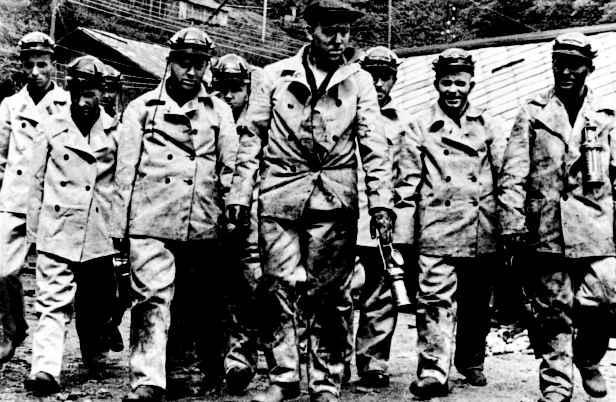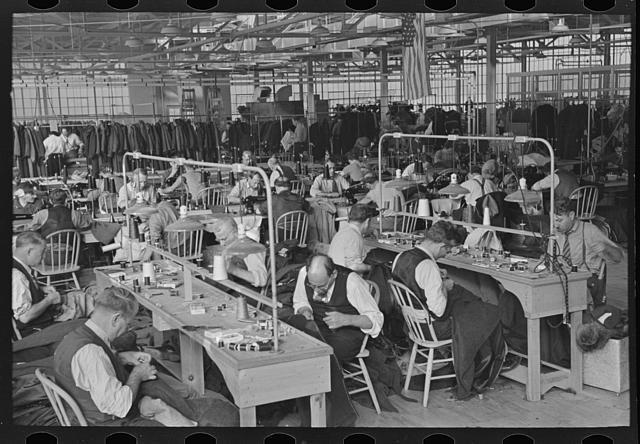You can often hear that before people worked much more than now, they worked day and night, while receiving miserable pennies. The October Revolution, in the opinion of a huge number of people, changed everything dramatically: working days became shorter, more days off were introduced, and the working conditions themselves became much better. Is it so? Let's try to figure out what kind of work day he is in Russia.
An excursion into history. Serfdom
Let's start with the story. Everyone knows about the existence of serfdom, where the working day was irregular and unlimited. In those distant times, there was a certain number of hours of compulsory work for the master, and besides, you had to look after your farm - people really did not have any free time. With the acquisition of personal freedom, the situation should have improved, but nevertheless, in the first years after the abolition of serfdom, the peasants had to work even harder to earn money to buy their family and, of course, themselves.

Monarchs from time to time tried to intervene in the working situation. For example, Catherine II regulated a ten-hour working day for women and children, and Nicholas II completely limited child labor and forbade women to be employed in night work.
Hey, more fun, working class!
The next stage was the formation of the proletariat, the working class. From 1897 to 1904, the working day was reduced from 11.5 hours to 10.5, the final figure, by the way, is less than in Italy, Belgium, Germany in the same period. By 1917 working hours was 8.4 hours - it was a terrific change. There were much fewer working days per year during that period - ninety-one days fell on a variety of holidays, however, I had to work on Saturdays.
Stalin is not on you!
After the revolution and World War I, the country really was in ruins; everyone, small to large, worked to restore it. There is an opinion that under the power of the Soviets, under Stalin, working days were much longer than before the revolution. But in reality, everything was completely wrong.

In the severe forties, when all enterprises worked at an accelerated pace, the worker had six holidays a year and 52 non-working Sundays, twelve days were allotted for vacation. It turns out that there were 295 working days in the year (365-52-6-12), and the standard week was 48 working hours.
For comparison, in pre-revolutionary Russia, underage workers (12-15 years old workers were considered as such) had the same 52 Sundays, 14 holidays, and another 19 Orthodox holidays, moreover, December 24 was part-time (up to 12 hours). Another 10 days came from vacation. Thus, the pre-revolutionary minor worker worked 270 days a year (365-19-14-52-10), and the usual work week was 52 hours.
And where under Stalin worked longer?
Today
We will return in our time. How many working days does the average worker of the twenty-first century have?

If we consider the period from 2014, we can say that the situation has improved a bit: then there were only eleven non-working holidays, part-time (one hour less than usual) was appointed five times, on holidays.
Going further in 2015. Last year, 13 days were spent on weekends associated with the holidays, and another 5 days were part-time workers. Already at least small, but still progress.
And what is the current year preparing for us? Incomplete the working day will cut the length of the working day for an hour is only three times this year, 119 days will fall on holidays and weekends (taking into account the five-day working week), so the Russians will need to work 247 days.
Compare the figure with what we had before? Pre-revolutionary young workers - 270, military worker - 295. And we work a lot?
And when is the break?
And now a little about nice things. Long holidays love everything, it is indisputable. Of course, this concept is relative, but still. This week’s working days are canceled from January 1 to 10, so that everyone can fully enjoy the New Year, then from February 21 to 23, you need to congratulate the defenders of the Fatherland thoroughly, then from March 5 to 8, lovely ladies even have one more day off than the men celebrate the first part of the May holidays from April 30 to May 3, and from 7 to 9, Russians celebrate Victory Day, for the long weekend of June 11-13, Russia’s Day is celebrated, and then, after a huge break, from 4 October 6th will bring October Revolution Day. The only negative, some of the days that will give us will have to work out.

Russians will lose their days off on February 27 (to mark 22, by the way, there is an alternative option - February 20), March 5 (for the holiday 7, another option - to postpone the day off from January 3, which is already considered non-working), May 1, which falls on Sunday, people will be able to walk the next day, the same from June 12 and 13. This year there will be more opportunities to relax than in the previous ones, which, of course, is excellent.
Instead of a conclusion
By the way, in 2014, the question was raised about the transition of Russians to a four-day working week instead of the classic five-day week, and also to hourly wages (at that time the trade unions were based on the figure of 128.91 rubles per hour). Apparently, the project was not accepted, having decided that this would significantly damage the economic situation in the country. We lag behind European countries, where the level of technology development is much higher than ours, and we are trying to overcome this technical backwardness by increasing the number of working hours.
At the same time, according to trade unions, working days should be shortened in order to increase the efficiency of workers and give them more free time to take care of their own health. Moreover, the less you work, the less you want to skip this work and the more motivated the employees are. All these arguments are quite weighty, but, alas, the situation remains the same.
By the way, Russia occupies one of the top positions in the ranking of the most “walking” countries: only countries such as Argentina (as many as nineteen), Colombia (eighteen), Thailand (fifteen) have more days off; less than all other European countries. Brazil and Indonesia are considered the most hardworking: they have only five holidays for a whole working year. Germany and Canada vary significantly the number of extra days off depending on the land.







